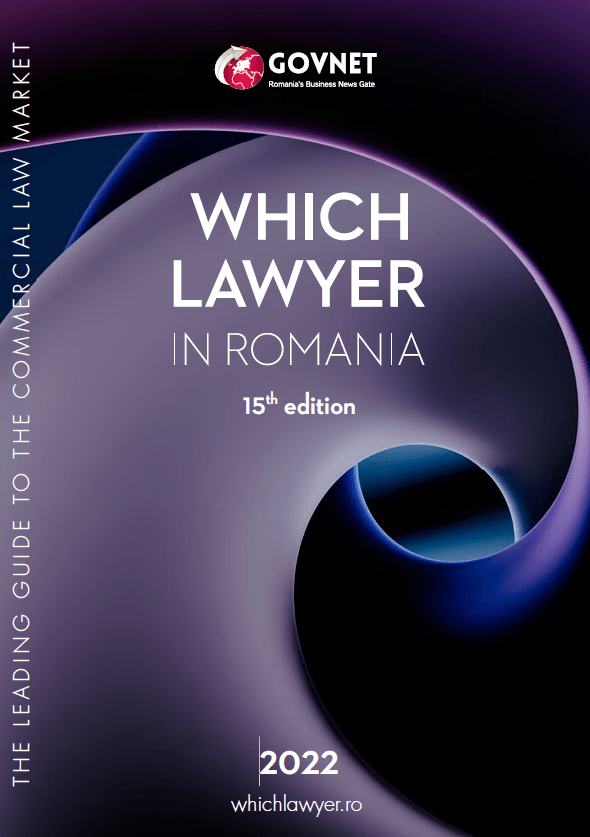Last updated: 9 January 2023
Although integrating green criteria in public procurement is not a new topic, in the context of the debates on the EU Green Pact, of growing concerns over sustainability, energetic independence and competitivity, it has been stealing the spotlight in the public agenda.
Green Public Procurement is defined by the European Commission in the communication “Public procurement for a better environment » as a process « whereby public authorities seek to procure goods, services and works with a reduced environmental impact throughout their life cycle when compared to goods, services and works with the same primary function that would otherwise be procured”.
If we look at the huge amounts at stake in large public projects and the enormous market generated by public procurement, integrating criteria to address environmental, economic, or social challenges is a key tool in shaping the behavior of both public and private sectors on the market.
In Romania, the national legislation regulating green public procurement dates of 2016, being enacted under the Law no. 69/2016 for promoting environmental protection and sustainable production, as well as for efficient use of resources, enhancing the development of clean and environment friendly technologies, ensuring efficient use of funds by fostering products, services and works with a reduced impact on the environment.
This law is based, among others, on provisions of the Directive 2014/24/EU and the Directive 2014/25/EU on procurement by entities operating in the water, energy, transport, and postal services sectors. In 2018, the Order no. 1068/1658/2018 for approval of the Guide for green public procurement introduced the minimum requirements with respect to environmental protection for certain groups of products and services requested in the tender books (such as: copy paper, office furniture, cars, or office IT supplies).
In 2019, Romania, as EU Member State, joined the European Ecologic Pact, which brings forward the need to implement minimum mandatory criteria for the purchase of environment friendly products, as means to address the climate crisis and the loss of biodiversity.
At the end of 2021, the European Plan for social economy elaborated by the European Commission considered that socially and environmentally responsible public procurement is a key development tool.
If devising a development framework favorable to social economy can create opportunities of growth and foster labor market, green procurement helps reducing CO2 footprint, soil and water pollution, improving energetic efficiency and air quality.
How to turn public procurement into green public procurement ?
The law of public procurement provides that the contracting authorities must consider environment and social1 aspects in public procurement, to the extent allowed by the nature thereof.
On the other hand, the Common Order of the Ministry of the Environment - ANAP no. 1068/1652/2018 lays down minimal requirements regarding the protection of the environment for certain groups of products and services to be included in the tender books.
Nevertheless, statistics show that few of the requirements introduced by the contracting authorities resulted in actual improvement of the environmental performance, therefore public entities are expected to play a more active part in including environment related requirements in the tender books.
The first measure at hand for the contracting authorities would be to consider, in the awarding procedure, criteria such “the best value for money” or “the best ratio quality-cost”2 , rather than “the lower cost”, currently predominant in Romania.
For the record, between 2017-2019 the percentage of public procurement contracts awarded in Romania based on “the lowest price” criterion fell from 92% to 80%, which is far from satisfying according to data centralized by ANAP.
Another means to increasing transparency and, consequently, meeting green criteria would be choosing the most suitable awarding procedure, by avoiding as much as possible the procedure of award by negotiation without a call for tenders. Last but not least, another means to accelerate green public procurement would be an intensive use of the centralized procurement system (introduced in the domestic law in 2018, but effective only starting with 2019, with the entry into force of Decision of the Government no. 119/2019 for approval of the Rules of enforcement of the GEO no. 46/2018), which might enhance environment-friendly and sustainable procurement, green frameworks, large scale use of green criteria.
In conclusion, the demand of green procurement is strongly dependent on the practice and approach of public institutions of public procurement. An actual improvement in this field cannot materialize unless some of the current issues, such as: the organizational culture of State institutions, the insufficient mastery of legal provisions, the lack of awareness of concepts related to socially and environmentally responsible procurement, social impact, social added value, are addressed.
Notes
- In Romania, the framework law of public procurement is the Law 98/2016, among others, providing for: reserved procurement (art. 56), the use of social and environment clauses, and transposing the provisions of the Directive 24/2014/EU. For sectoral public procurement, we have the Law no. 99/2016 transposing the provisions of the Directive 25/2014/UE. Social and environmental clauses may be used in any public procurement procedure.
- By including social and environment related characteristics, as provided for under art. 187 of the Law 98/2016. On the other hand, the article 51 of the same law, transposing article 18 paragraph 2 of the Directive 2014/24/EU, provides that the contracting authority has the obligation to require the economic operators to show in their bid that relevant obligations in the fields of environment, social and labor relationships have been considered when drawing it up.
This article was published in the "Which Lawyer in Romania", 2022 Edition
